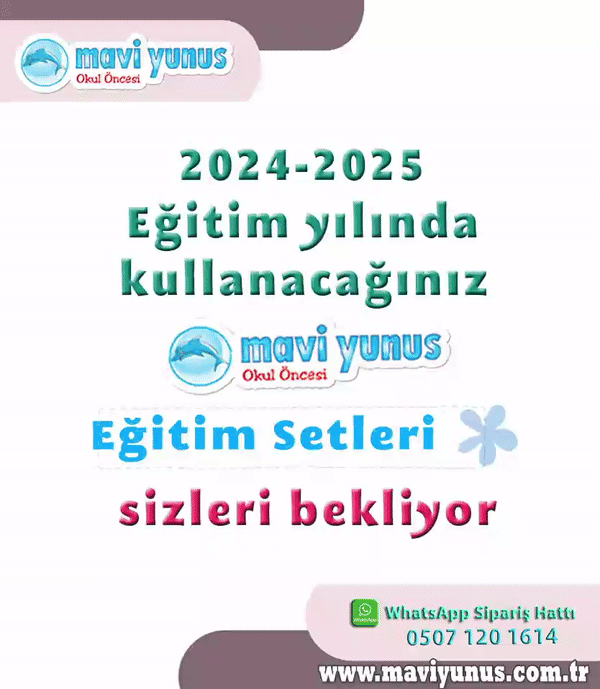Hepatit C ve kafein..
Kahvenin karaciğeri koruyucu etkisi daha öncede bilinmekte idi. Bu çalışma saygın bir tıp dergisinde yayınlandı ve bu bilgiye yeni bir destek sağladı.
Günde 3 kap ya da daha fazla kahve içen Hepatit C olgularında karaciğer'de düzelme saptanıyor.
Journal of Hepatology
Volume 54, Issue 6, June 2011, Pages 1123-1129
Research Article
Association of caffeine intake and histological features of chronic hepatitis C
Charlotte E. Costentin1, Françoise Roudot-Thoraval2, 3, 4, Elie-Serge Zafrani2, 3, 5, Fatiha Medkour1, Jean-Michel Pawlotsky2, 3, 6, Ariane Mallat1, 2, 3 and Christophe Hézode1, 2, 3, ,
1 AP-HP, Service d’Hépatologie et de Gastroentérologie, Groupe Hospitalier Henri Mondor-Albert Chenevier, Créteil 94000, France
2 INSERM, U955, Créteil 94000, France
3 Université Paris-Est, Faculté de Médecine, UMR-S955, Créteil 94000, France
4 AP-HP, Service de Santé publique, Groupe Hospitalier Henri Mondor-Albert Chenevier, Créteil 94000, France
5 AP-HP, Service d’Anatomo-pathologie, Groupe Hospitalier Henri Mondor-Albert Chenevier, Créteil 94000, France
6 AP-HP, Service de Virologie, Groupe Hospitalier Henri Mondor-Albert Chenevier, Créteil 94000, France
Received 23 April 2010; revised 1 August 2010; accepted 20 August 2010. Available online 22 October 2010.
Background & Aims
The severity of chronic hepatitis C (CHC) is modulated by host and environmental factors. Several reports suggest that caffeine intake exerts hepatoprotective effects in patients with chronic liver disease. The aim of this study was to evaluate the impact of caffeine consumption on activity grade and fibrosis stage in patients with CHC.
Methods
A total of 238 treatment-naïve patients with histologically-proven CHC were included in the study. Demographic, epidemiological, environmental, virological, and metabolic data were collected, including daily consumption of alcohol, cannabis, tobacco, and caffeine during the six months preceding liver biopsy. Daily caffeine consumption was estimated as the sum of mean intakes of caffeinated coffee, tea, and caffeine-containing sodas. Histological activity grade and fibrosis stage were scored according to Metavir. Patients (154 men, 84 women, mean age: 45 ± 11 years) were categorized according to caffeine consumption quartiles: group 1 (<225 mg/day, n = 59), group 2 (225–407 mg/day, n = 57), group 3 (408–678 mg/day, n = 62), and group 4 (>678 mg/day, n = 60).
Results
There was a significant inverse relationship between activity grade and daily caffeine consumption: activity grade >A2 was present in 78%, 61%, 52%, and 48% of patients in group 1, 2, 3, and 4, respectively (p <0.001). By multivariate analysis, daily caffeine consumption greater than 408 mg/day was associated with a lesser risk of activity grade >A2 (OR = 0.32 (0.12–0.85). Caffeine intake showed no relation with fibrosis stage.
Conclusions
Caffeine consumption greater than 408 mg/day (3 cups or more) is associated with reduced histological activity in patients with CHC. These findings support potential hepatoprotective properties of caffeine in chronic liver diseases.
Keywords: Caffeine; Hepatitis C virus; Chronic hepatitis C
Konu: Kahve Karaciğeri Koruyor
-
06.June.2011 #1
Kahve Karaciğeri Koruyor
-
19.June.2011 #2
bak bak ta araştırma koymuş
 buralarda değişmeyen şeylerden biri Meltem'in kahveyi masumlaştırma çalışmaları...
buralarda değişmeyen şeylerden biri Meltem'in kahveyi masumlaştırma çalışmaları...  En güzel şeylerden biri unutmak . Unuttum gitti lafı vardır. Unutulan şey gider hakikaten. Solar, üzerine su serpilmemiş sebzeler gibi porsur. Çocuk gibi kalırsın. Bugünü bilirsin. Bazı şeyleri hatırlayamıyorum, en azından duygusunu. Temize çekmişim defterleri. Temizim. Herkes unutsa, hep yeniden başlansa. Çünkü her şey değişiyor zaten. Unutmamak demode oluyor bir şekilde . . .
En güzel şeylerden biri unutmak . Unuttum gitti lafı vardır. Unutulan şey gider hakikaten. Solar, üzerine su serpilmemiş sebzeler gibi porsur. Çocuk gibi kalırsın. Bugünü bilirsin. Bazı şeyleri hatırlayamıyorum, en azından duygusunu. Temize çekmişim defterleri. Temizim. Herkes unutsa, hep yeniden başlansa. Çünkü her şey değişiyor zaten. Unutmamak demode oluyor bir şekilde . . .
-
19.June.2011 #3
-
19.June.2011 #4
YAZ AYLARINDA DA KAHVELİ DONDURMANIN KARACİĞERE ÇOK FAYDASI OLUYORDUR, Dİ Mİ MELTEM'CİĞİM.

-
20.June.2011 #5
 En yakın arkadaşımın haklarını koruyorum sadece.
En yakın arkadaşımın haklarını koruyorum sadece.
Emel öğretmenim, hem de nasıllll güzel olur, nasııılllllllllllll
-
20.June.2011 #6
-
21.June.2011 #7
kahveyi çok içen biri olarak bu araştırmayı görünce ben de mutlu oldum



BAK GÜZEL GÜNLER YOLA ÇIKMIŞ GELİYORLARMEVLANA
Benzer Konular
-
Mandalina Kanserden Koruyor
Konu Sahibi çağla3 Forum SAĞLIKCevap: 2Son Mesaj : 29.December.2010, 20:34 -
Enginar karaciğeri koruyor
Konu Sahibi Handan Hoca Forum SAĞLIKCevap: 4Son Mesaj : 09.January.2010, 00:30 -
Kahve Atasözleri ve Kahve Deyişleri
Konu Sahibi Arz Forum ŞİİRLER-YAZILARCevap: 6Son Mesaj : 09.November.2009, 04:46 -
Kahve plantasyonları doğal yaşamı koruyor
Konu Sahibi Meltem YANIKOĞLU Forum BİLİM VE TEKNOLOJİCevap: 2Son Mesaj : 15.September.2009, 02:38 -
Kan Bağışı Yapmak Koruyor
Konu Sahibi Burcu Yeşilyayla Forum SAĞLIKCevap: 1Son Mesaj : 26.July.2009, 11:33


 LinkBack URL
LinkBack URL About LinkBacks
About LinkBacks




 Alıntı ile Cevapla
Alıntı ile Cevapla Arz Nickli Üyeden Alıntı
Arz Nickli Üyeden Alıntı


